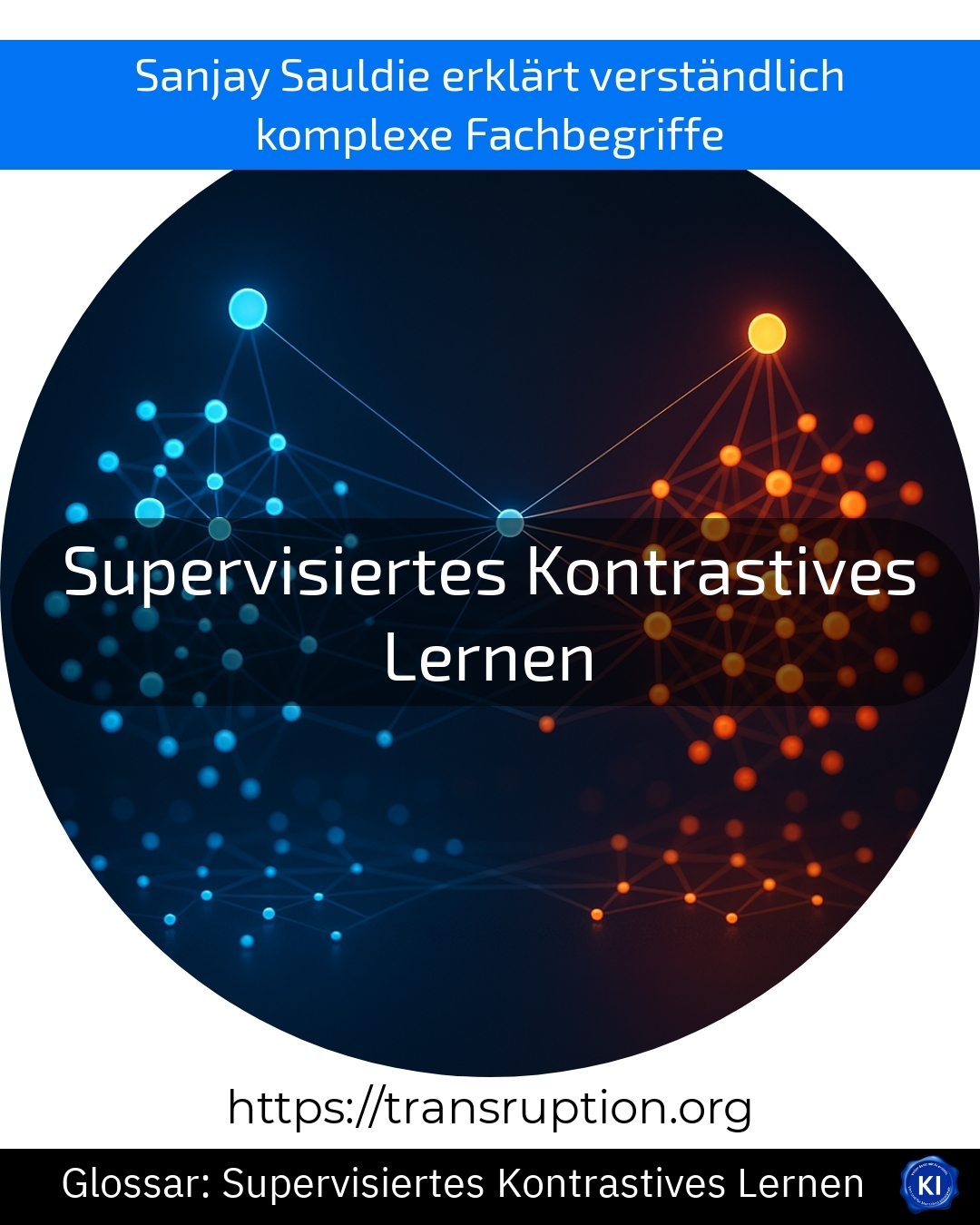Supervised contrastive learning is a term used in the fields of artificial intelligence, big data, smart data and digital transformation. It describes a method by which computers learn to recognise differences and similarities between data with the help of examples.
The computer is not only shown individual pieces of data, but always pairs of similar and dissimilar examples. For example, the system is shown a picture of a cat and another cat - these should recognise it as "similar". A picture of a dog is also shown - it should recognise this picture as "dissimilar" to the cats. Through these comparisons, the artificial intelligence can learn better and better how different things are differentiated from each other and what they have in common.
Supervised contrastive learning is always used when particularly reliable distinctions are needed - for example for fraud detection in banking transactions or for facial recognition in photos. Because clear pairs with similarities and differences are specified, the AI learns faster and more accurately than with conventional methods.
For companies, this means that this technology can help to identify patterns more quickly, make predictions more accurately and thus optimise everyday processes.















